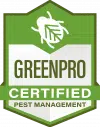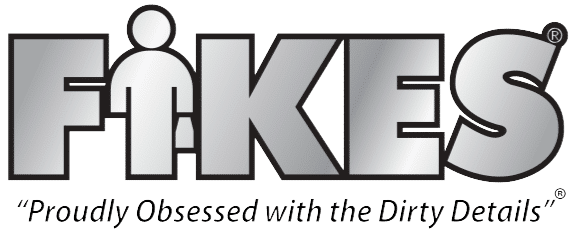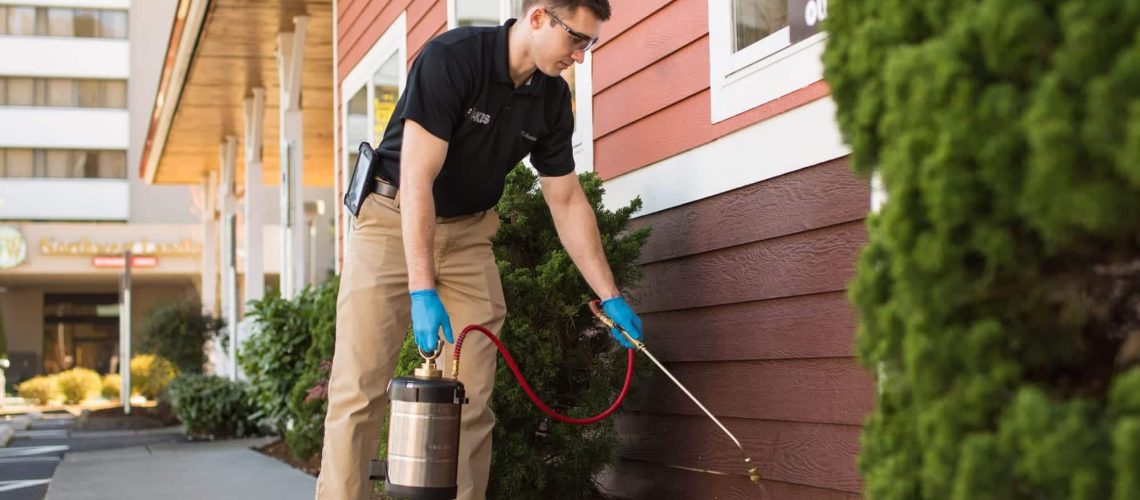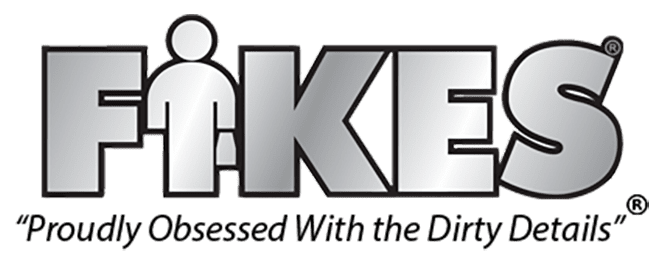Table of Contents
Exclusion Solution: Long Term Pest Control
When it comes to pest control, many Washington businesses think of spraying or baiting as the go-to solution. While those methods can reduce pest numbers, they don’t always address the root cause of the problem: how the pests are getting inside in the first place. That’s where exclusion work comes in. Exclusion focuses on sealing up entry points, cracks, gaps, vents, and other openings, that pests use to sneak indoors. By stopping access at the source, exclusion provides a long-term, proactive solution that keeps businesses pest-free.
To help business owners understand why exclusion matters, Fikes has put together this Q&A style guide that answers the most common questions about exclusion work and how it supports healthier, safer workplaces across Washington.

Q1: What exactly is exclusion work?
A: Exclusion work is the practice of identifying and sealing the cracks, gaps, and structural weaknesses that allow pests to enter your building. Think of it as pest-proofing your property. Instead of just eliminating pests that are already inside, exclusion prevents them from getting in at all.
This can include:
- Sealing gaps around doors, windows, and utility lines.
- Installing door sweeps and weather stripping.
- Screening vents and drains.
- Filling cracks in walls, foundations, and roofs.
- Closing off access points in basements, attics, or crawl spaces.
By addressing these vulnerable areas, exclusion creates a protective barrier that pests can’t bypass.
Q2: Why is exclusion better than just spraying for pests?
A: Spraying or baiting may reduce a current infestation, but it doesn’t prevent new pests from finding their way in. That means you’ll often face recurring problems, which can be costly and frustrating.
Exclusion, on the other hand, provides a long-term fix. When the entry points are blocked, pests like rodents, cockroaches, and ants lose access to food, water, and shelter inside your building. This greatly reduces the need for repeated chemical treatments and creates a healthier environment for your employees and customers.
In short: spraying treats the symptom; exclusion addresses the cause.
Q3: What kinds of pests can exclusion help prevent?
A: In Washington, exclusion work is especially effective against:
- Rodents (rats and mice): They can squeeze through openings as small as a quarter or even a dime. Sealing those gaps is the only way to keep them out.
- Ants: Small cracks in foundations and walls are entry highways for ant colonies.
- Cockroaches: Roaches often exploit gaps around plumbing and drains.
- Spiders and insects: Screening vents and sealing windows helps reduce crawling and flying insect invasions.
- Birds and bats: Proper screening and sealing prevent nesting in attics, soffits, and vents.
By customizing exclusion work to your building’s vulnerabilities, Fikes creates tailored protection against the pests most common to our region.
Q4: What does the exclusion process look like?
A: At Fikes, exclusion work is a step-by-step process:
- Inspection: Our certified pest control technicians carefully inspect your building, identifying current pest activity and vulnerable entry points.
- Documentation: We provide a clear report outlining where pests are getting in and which areas need sealing.
- Sealing & Proofing: Using durable, pest-resistant materials, we seal cracks, gaps, and other access points.
- Follow-Up: We check the integrity of the exclusion work overtime and adjust if new vulnerabilities appear.
This systematic approach ensures that your building is not just treated for pests but protected against them moving forward.

Q5: Is exclusion work environmentally friendly?
A: Yes, exclusion is one of the greenest forms of pest control. Because it prevents pests from entering in the first place, it reduces the need for chemical sprays or baits. For businesses concerned with sustainability and health, exclusion is a safe, eco-friendly way to maintain a pest-free environment.
Fikes is also proud to be Green Pro Certified, which means our pest control practices meet strict standards for environmentally responsible pest management.
Q6: How does exclusion save Washington businesses money in the long run?
A: Pests aren’t just a nuisance; they cost businesses money. Rodents can chew wiring and cause fire hazards, cockroaches can spread food-borne illnesses, and ants can contaminate food supplies. Without exclusion, recurring infestations can lead to repeated service calls, wasted resources, and even regulatory fines for restaurants and food businesses.
By investing in exclusion, you:
- Reduce the need for frequent treatments.
- Protect valuable inventory and property.
- Avoid costly repairs caused by pest damage.
- Maintain compliance with health codes and safety regulations.
It’s a one-time investment that pays dividends through prevention.
Q7: Do all pest control companies offer exclusion work?
A: Surprisingly, no. Many pest control providers focus solely on reactive methods like spraying or baiting. At Fikes, we believe true pest management means combining proactive strategies like exclusion with targeted treatments when needed. This integrated approach ensures your business gets lasting results, not temporary fixes.
Q8: What kinds of Washington businesses benefit most from exclusion services?
A: Any business can benefit, but exclusion is especially valuable for:
- Restaurants and food service businesses where pests can threaten food safety and compliance.
- Office buildings where employee health and comfort matter.
- Warehouses and storage facilities where inventory protection is critical.
- Healthcare facilities where sanitation is a top priority.
- Multifamily housing complexes where shared walls and common areas increase pest risks.
If your building has people, products, or reputations to protect, exclusion is worth the investment.
Q9: How can I tell if my business needs exclusion work?
A: Some signs your building could benefit from exclusion include:
- Repeated sightings of the same pests despite treatment.
- Gnaw marks, droppings, or grease rubs near walls and doors.
- Drafts or visible gaps around windows, doors, or utility lines.
- Evidence of nesting in attics, basements, or crawl spaces.
Even if you haven’t seen pests yet, a professional inspection can identify vulnerabilities before they become a bigger problem.
Q10: How do I get started with Fikes exclusion services?
A: It’s simple, contact Fikes for a consultation. Our certified pest management professionals will inspect your property, recommend tailored exclusion solutions, and implement a plan that works for your building and budget. We don’t just spray and walk away; we create lasting protection against pests.
Exclusion work is more than a pest control service, it’s an investment in the long-term health, safety, and success of your business. By sealing the cracks, gaps, and hidden pathways pests use to invade, exclusion offers protection that spraying alone simply can’t match.
For Washington businesses, from restaurants to offices to healthcare facilities, partnering with a provider like Fikes means peace of mind. With our Green Pro Certified practices, integrated approach, and focus on long-term prevention, we’re here to help your business stay pest-free today and for years to come.
Ready to protect your business from the inside out? Contact Fikes Pest Control today and learn how exclusion can keep pests where they belong—outside.



